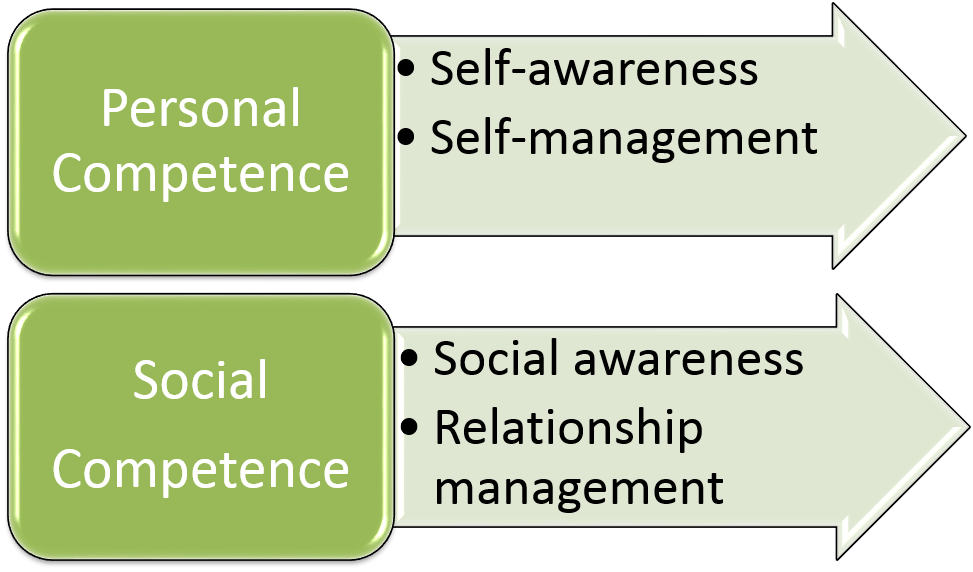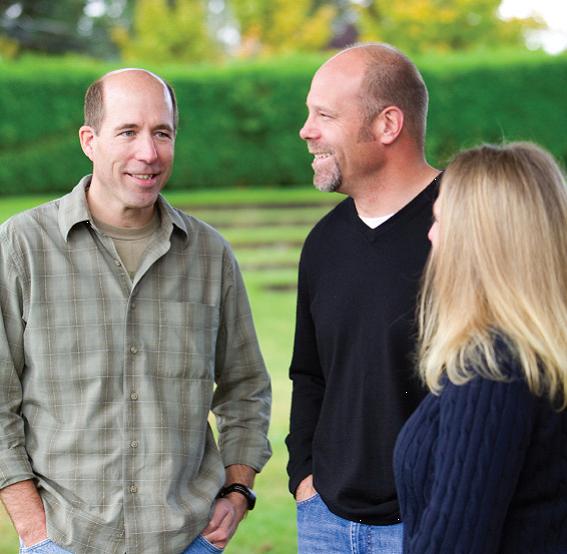
by Gary Reinecke | Sep 11, 2016 | Uncategorized |
Not too long ago a friend commented that leadership development is a “gooey” science. By that, he meant that it is difficult to quantify the skills of a leader. We see the fruit of good leadership and the effects of bad leadership. But how can leadership effectiveness be measured and developed?
A leader I met wanted his team to raise their leadership game and do it in a way that would sustain their development. He went further to describe a relational process with a competency-based assessment to evaluate whether people were moving forward, or backward in their leadership skills. As he described what it was he was looking for, I was thinking to myself about the system I have used over the last 7 years to train leadership coaches within teams, churches and organizations.
After we discussed this further I pointed him to the flyer entitled “Developing Effective Leaders” which is a helpful summary of the process I described to him. After a few more conversations with his senior leadership team, they decided to invest a year in the process and then evaluate how their people responded. At the end of the first year the team gathered to report – the feedback was stellar! Based on those results, the team decided to expand the circle and continue the effort with some of the original participants. Now they are two years in, and the proof of concept suggests that more and more the coaching, combined with a competency-based leadership development resources are meeting and surpassing expectations. Leaders are being developed, a coaching culture is being created and disciples are being made.
See if “Developing Effective Leaders” addresses some of the questions you have about developing leaders. If you have other systems that you use and wouldn’t mind sharing with others, please enter the name with a brief description below. Thank you for your suggestions…

by Gary Reinecke | Sep 5, 2016 | Uncategorized |
Many years ago I was working with a group of pastors and church planters from a culture different than the one I was accustomed. The first time we met, the majority of the participants showed-up several minutes late. Each had a legitimate reason. I thought that was unfortunate, but moved on. However, as time passed I observed a pattern emerging – the leaders were showing up later and later. Eventually I realized I was not doing my part to communicate expectations in a way that registered that our meeting needed to be a priority.
This created a sense of urgency with the various participants for a few months, altering their behavior; but over time, they defaulted back to their original behavior. I tried everything I knew to keep the meetings as punctual as promised but struggled with this same issue the entire year. What I failed to understand was how different cultures view time. More importantly, I had not learned how to adapt and navigate the cultural map when our values clashed.
I’m reading a book entitled The Culture Map by Erin Meyers. In it she describes the difference between the way people communicate in Low and High Context cultures. I’m discovering the nuances that differentiate cultures and the implications for coaching across cultures.
Low Context: Good communication is precise, simple, and clear. Messages are expressed and understood at face value. Repetition is appreciated if it helps clarify the communication.
High-Context: Good communication is sophisticated, nuanced, and layered. Messages are both spoken and read between the lines. Messages are often implied but not plainly expressed. (p.39)
Communication is one of eight areas the author addresses to help navigate cultural gaps. Here is an article to illustrate the challenge when working across cultures – see Cultural Coaching. Whether you are coaching in the same culture or across cultures, is it helpful to assess your cultural profile using the Self Assessment Questionnaire. There is also an Interactive Cultural Map Exhibit to identify and compare the contexts in which you coach.
The Culture Map is an informative resource to assist in your coaching relationships as well as training leaders ministering across cultures.

by Gary Reinecke | Aug 26, 2016 | Coach Training, Leader Development, Personal Development |
Several years ago my family traveled from Phoenix, AZ to camp at “Big Basin”, which is in the Redwoods of Northern Cal. To take advantage of the time in the van my wife and I decided to listen to Daniel Goleman’s book Emotional Intelligence on CD. We discussed the case studies with our then 8 and 10-year old, who were very curious about the topic.
The thing I remember from that research and others since, is that EQ is flexible and can be developed, in contrast to IQ. In fact, I’ve witnessed how EQ can be developed personally, with my kids and leaders I coach – over and over again.
Recently, I came across a simple framework for EQ that I want to pass-on. In their book entitled, Emotional Intelligence 2.0 by Travis Bradberry & Jean Greaves (p.24), they discovered four skills that comprise EQ, as illustrated above:
The top two skills, self-awareness and self-management, are more about you. The two bottom skills, social awareness and relationship management, are more about how you are with other people.
EQ is a powerful force. EQ can be developed, like a muscle – over time. Here are three questions to help you harness your EQ:
- Identify one skill from the illustration above that you will work on this week?
- What will you do to develop that skill and when?
- How will you assess your progress?
With intention, action and review, EQ can be developed. If you would like more information, click on Emotional Intelligence. Then scroll down the page and expand the menu of resources.

by Gary Reinecke | Aug 22, 2016 | Church Multiplication, Coach Training, Leader Development |
A couple of weeks ago I was speaking to a church planting leader.
He asked my opinion on the best way to develop a church planter. I suggested that he first take a look at the essential skills a planter needs to plant a church. Then I asked him what that training process would look like. His response did not surprise me…
- Just-in-time training is the best way to equip a church planter because the learning loop is short.
- The ideal context he told me, would be the church where the planter is already engaged.
- And finally, although some classroom instruction would be helpful, having a coach was paramount.
I affirmed his insights and then asked him if he would be interested in seeing a pathway to apprentice a church planter, highlighting best practices others have gleaned from their experience. His eyes lit up, suggesting that he would be very interested. That’s when I told him about the Church Planter Pathway Storyboard.
The beauty of the Church Planter Pathway Storyboard is that a coach can use this to apprentice a prospective planter using a one page format (called the One Page Coach) but is not bound to a particular model. Four developmental phases illustrate the ongoing process a church planter must visit and revisit, again and again, until a high degree of confidence has been demonstrated in the various skills needed. Because this is a competency-based process the planter-in-training does not “graduate” until competency has been achieved vs. completing a course or working through a set curriculum.
See if the Church Planter Pathway Storyboard touches on the most critical areas of developing a church planter based on your experience.

by Gary Reinecke | Aug 13, 2016 | Church Growth, Church Multiplication, Disciplemaking, Focused Ministry, Leader Development |
The question goes something like this: “Is there a difference between discipleship and leadership?” In your experience I wonder if you have found that discipleship and leadership bleed into each other. I actually had a leader ask the question and it caused me to reflect – my initial response was “Yes, there a difference.”
One simple distinction is that discipleship focuses on following and leadership, on influencing. This to is too simplistic of course; because a leader, the best leaders, follow Jesus. At the same time though, a disciple does shift their behavior when they lead and intentionally influence others.
I’ve spent a lot of time over the last 25+ years focusing on these two dimensions. If you would like to read more, check-out the free downloadable article entitled the Leadership Multiplication Pathway (go to the bottom of the page). In the article, I focus on the distinctions between being a disciple and a leader, using the Leadership Multiplication Pathway storyboard to illustrate a path leaders can use to coach people on their journey.




